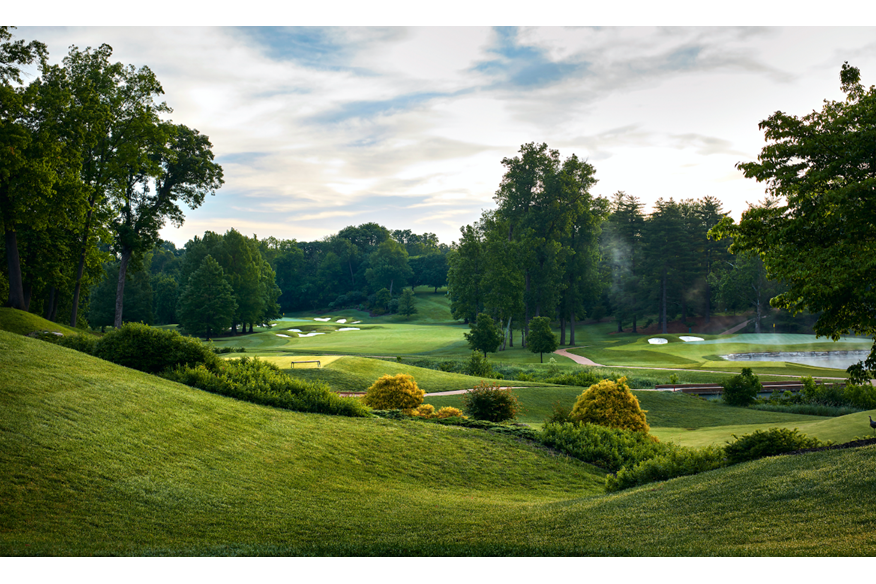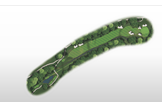PGA Championship: The holes where the major will be won and lost
Last updated:
The Game Changers: The holes where the 2018 US PGA Championship could be won and lost
The 2018 PGA Championship heads to Bellerive this week for the final major stop of the year – and defending champion Justin Thomas comes to the ‘Green Monster of Ladue’ with a lot of confidence thanks to a win in last week’s WGC Championship.
And while he’ll have plenty of competiton, it’s guaranteed to be a historic week at Bellerive no matter the outcome, as the course hosts its second PGA Championship on the 100th year of the contest – and last at this time of the year before its move to May in 2019.
Robert Trent Jones Sr. designed the course in 1960, and Gary Player won his only US Open there just five years later – at a time where players complained about its unsuitabiity as a major venue. Since 1965 it has hosted the PGA Championship, US Senior Open and Senior PGA Championship, and was renovated by Trent Jones’ son Rees Jones ahead of the 2008 BMW Championship.
Rees repositioned and rebuilt all the fairway and greenside bunkers, and tightened and regraded most of the fairways, dramatically improving the course’s drainage. “And most importantly, we made the small targets within the large greens even smaller while maintaining the dramatic contours my father had established,” he says.
The biggest changes Rees Jones made were to the 2nd, 7th, and 8th holes. At the 2nd he took out a stand of trees on the left and replaced them with a lake to create a risk/reward tee shot. At the 7th he moved the tee to bring Smith Creek more into play, and at the 8th he moved the tee, took out trees to allow balls to sail into the creek, and built a large bunker on the left of the fairway. Thankfully perhaps, that bunker has been taken out and the fairway widened to give players a better chance of reaching this long par 5 in two.
But what holes will prove crucial at this year’s PGA Championship? We chose three.
The 10th: 500 yards, Par 4
“This dog-leg left is a par 5 for the members but a par 4 for the US PGA and an extremely challenging start to the back nine,” says Michael Tucker, the club’s head professional.The drive is fairly simple but there is a bunker guarding the elbow of the dog-leg and deep rough on the right.
“Players must find the short grass if they want to control the ball well enough to clear the two bunkers short of the wide, shallow green but stop short of the bunker behind.” Find the rough or bunker off the tee and the creek across the fairway 25 yards short of the green comes into play.
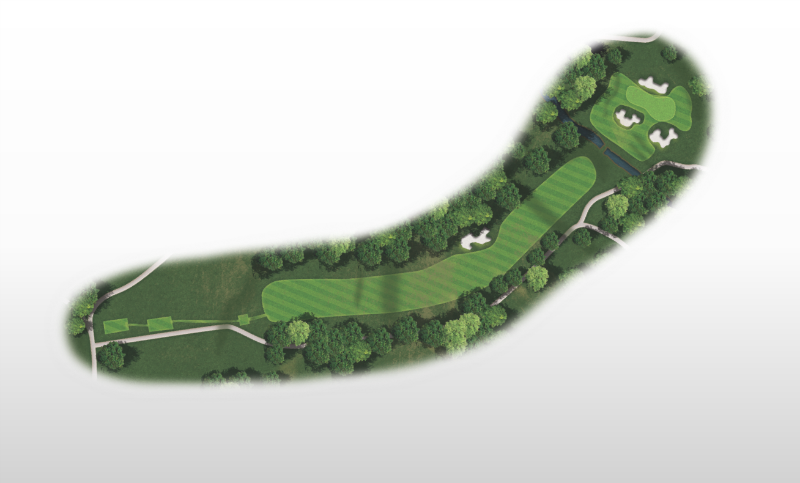
The 11th: 355 yards, Par 4
The 11th is a potential birdie hole, and a terrific risk/reward design that should provide plenty of excitement, especially if Kerry Haigh chooses to move the tee up to 275 and/or 295 yards, which Michael Tucker believes he will.
“Many players will take on the green even from the Championship tee,” Tucker suggests, before offering a note of caution.
“They mustn’t go right as the rough on that side is deep and a pond lurks short and right of the putting surface.” The clever play, says Tucker, is down the left side with a little fade.
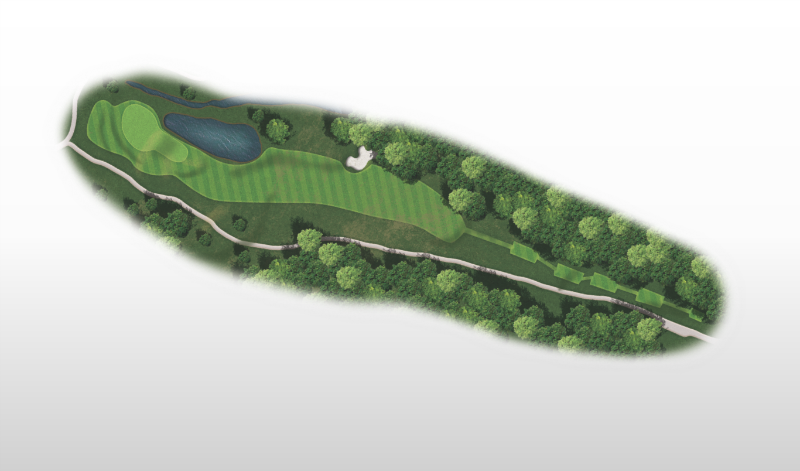
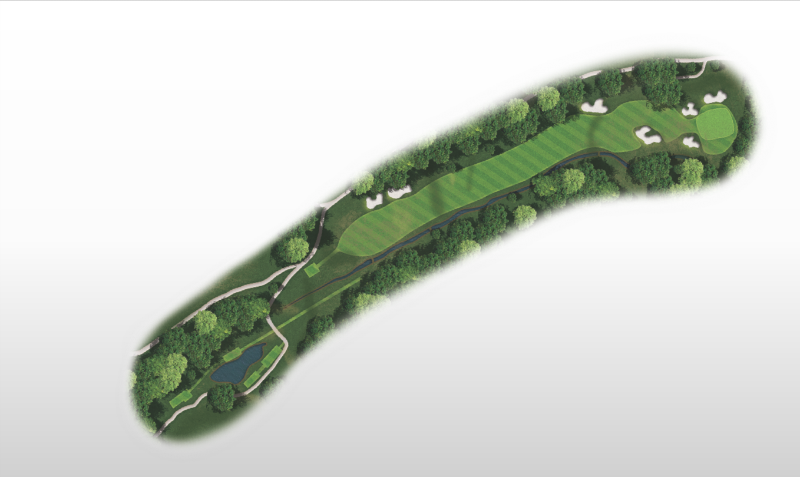 The 17th: 595 yards, Par 5
The 17th: 595 yards, Par 5
This dog-leg right comes at the end of ‘The Ridge’ – holes 14-17 – which sits on high ground on the course’s western boundary and is a pivotal stretch made up of a shortish par 4, long par 4, long par 3 and this par 5 whose length will probably vary each day. Even at its maximum length, some will get home in two, and everyone will be looking to pick up a shot.
“Players should be wary of the creek running all the way down the right and the large bunkers left and right 50-100 yards short of the green,” says Tucker.
“Eagle or double-bogey are both in play on 17.”
